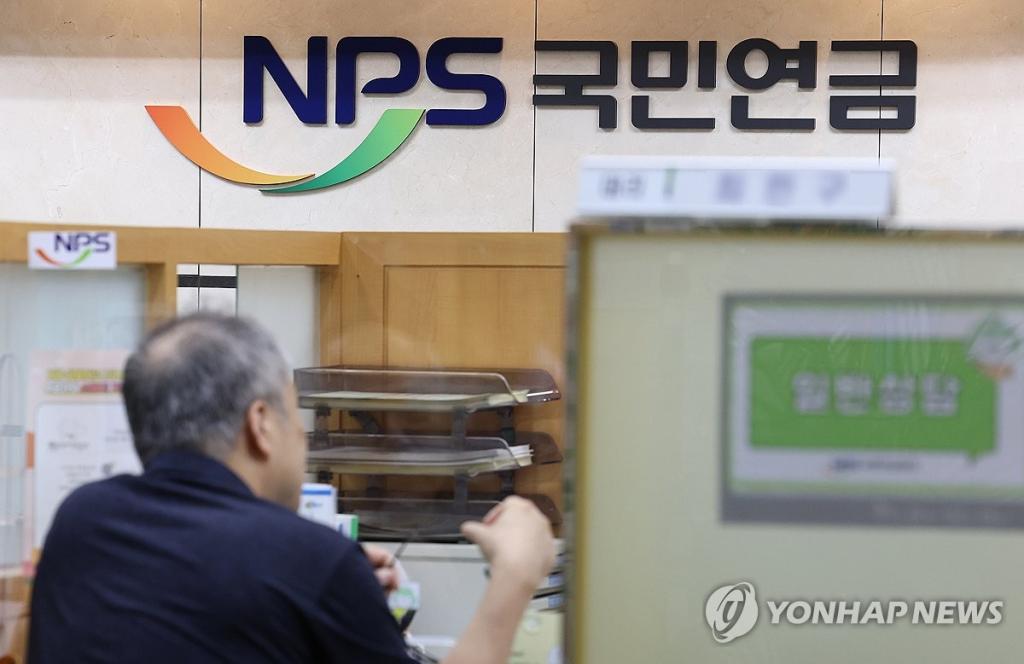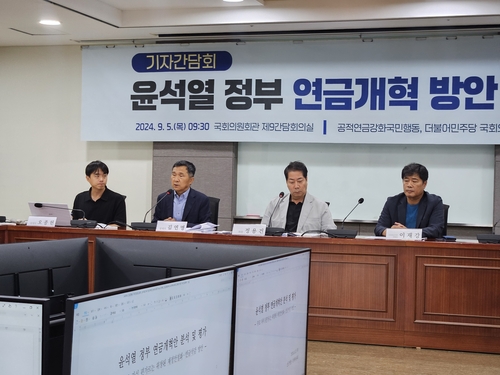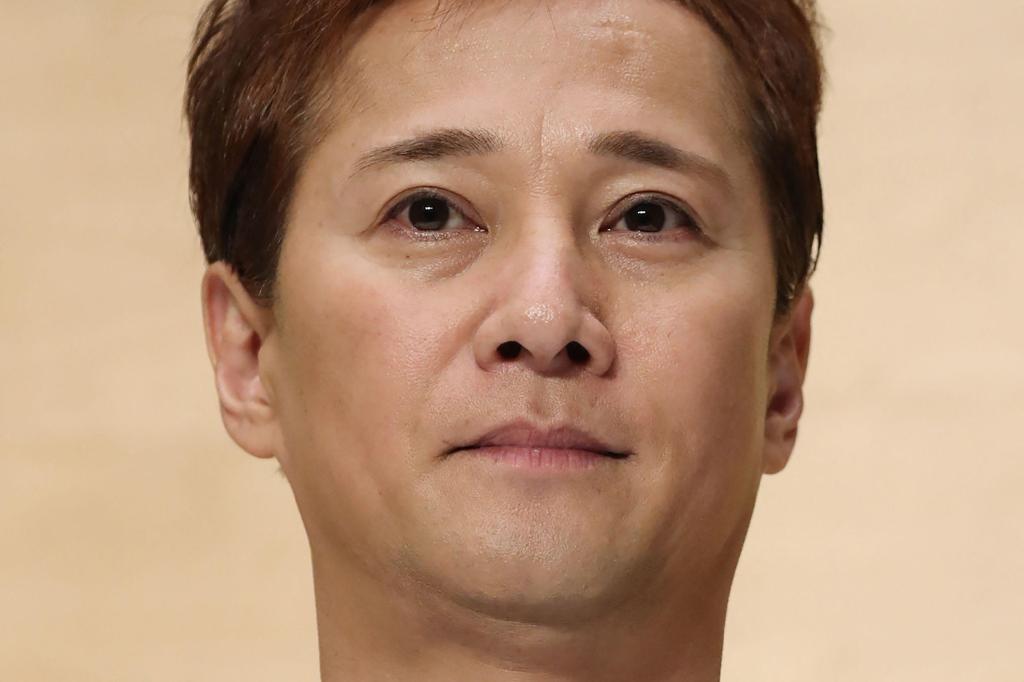South Korea's Bold Pension Reform for a Sustainable Future
Discover how South Korea's innovative pension reform aims to ensure sustainability and equity for future generations, reshaping financial security for citizens.

Key Points
- The South Korean government is implementing a comprehensive pension reform plan to increase the contribution rate from 9% to 13% to ensure sustainability.
- The reform introduces an automated adjustment mechanism for payouts based on economic conditions, aimed at restoring public trust in the pension system.
- Age-based contribution increases are designed to alleviate the financial burden on younger generations while addressing equity among different age groups.
In a significant step towards ensuring the sustainability of its pension system, the South Korean government recently unveiled an ambitious pension reform plan. After 21 years since the last overhaul, this new proposal aims to address pressing issues such as an aging population, increasing life expectancy, and the looming concerns over the pension fund's depletion. As the nation grapples with these complexities, understanding the intricacies of this reform is crucial for both current and future beneficiaries.
Understanding the Key Changes
At the heart of the reform is a plan to increase the contribution rate from the current 9% to 13% of income over several years. While this might seem burdensome for many, this change is deemed necessary to prolong the viability of the pension system, predicted to face depletion by 2056 if left unaddressed. The proposed increase in the base pension, known as the income replacement rate, will rise slightly from 40% to 42%.

The government has also introduced a novel automated adjustment mechanism to tackle fluctuations due to economic and demographic changes. This mechanism will dynamically adjust pension payouts based on economic indicators, which although necessary, raises concerns about possible reductions in benefits for retirees.
A Focus on Generational Equity
One of the more controversial aspects of this reform is the different contribution rates based on age groups. For example, individuals in their 50s will see their rates increase by 1 percentage point each year for the next four years, while those in their 20s will experience gradual increases over 16 years. This targeted approach aims to alleviate the financial burden on younger generations while ensuring older contributors meet their obligations before retiring.
This method is unique globally and aims to address equity among generations, considering the financial reality faced by younger adults today. Critics, however, label this approach as a form of "divide and rule", arguing it potentially creates disparities among age groups and could foster resentment between generations.

The Importance of Stability and Trust
A significant driver behind these reforms is the urgent need to restore trust in the pension system. Recent years have seen an erosion of confidence as individuals worry about the stability of their future benefits. Underlining this trust is the government's intent to legally enshrine the commitment to provide pension benefits, which aims to alleviate fears regarding potential future funding shortfalls.
This reform isn't simply about numbers; it’s about ensuring a secure future for millions of South Koreans. With a significant portion of the population nearing retirement age, addressing these concerns is paramount. The reforms propose not just a financial overhaul, but a culture shift towards engagement and awareness of pension systems.
What Lies Ahead?
As South Korea enters this transformative phase, the success of these reforms will depend largely on public acceptance and rigorous political discourse. Stakeholders across the board—government bodies, political parties, and citizens—must engage constructively in discussions to refine and enhance the proposals. Observers are keen to see how the government navigates the complexities of implementation while maintaining public trust and ensuring fairness across the socio-economic spectrum.
Amidst changing demographics and economic challenges, South Korea's pension reform presents both challenges and opportunities. The steps taken today could very well shape the financial landscapes of future generations, guiding them toward a more sustainable and equitable pension system.
In summary, while these reforms mark a promising direction, ongoing dialogue, transparency, and adaptability will be critical to their success, ensuring that they truly serve the interests of all Koreans.


